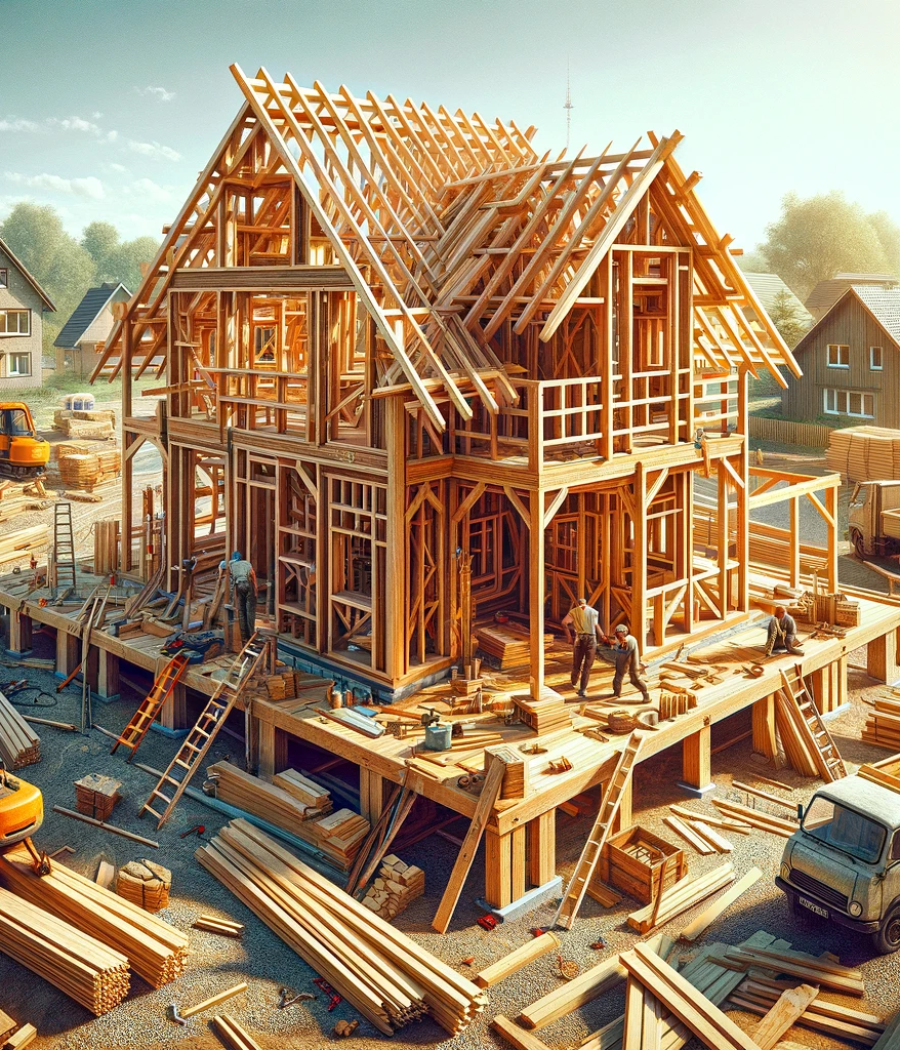Types of Construction
- Home
- Information
Different Construction Methods for Homes and ADUs in Los Angeles
3D Printing
3D printing, also known as additive manufacturing, is a process of creating three-dimensional objects by adding layers of material on top of each other. The 3D printing process typically starts with a digital 3D model of the object, which is created using 3D modeling software or obtained from a 3D scanner. The 3D model is then sliced
into thin layers using specialized software, which determines the path that the 3D printer will follow to create the object. Once the 3D printer has been set up with the correct material and the sliced model, it begins the construction process by depositing thin layers
of material, typically plastic or resin, on top of each other. As the layers are added, they fuse together to form a solid object. The 3D printer continues to add layers until the entire object has been created. Overall, 3D printing technology offers a flexible and efficient way to construct objects, with endless possibilities for customization and design.
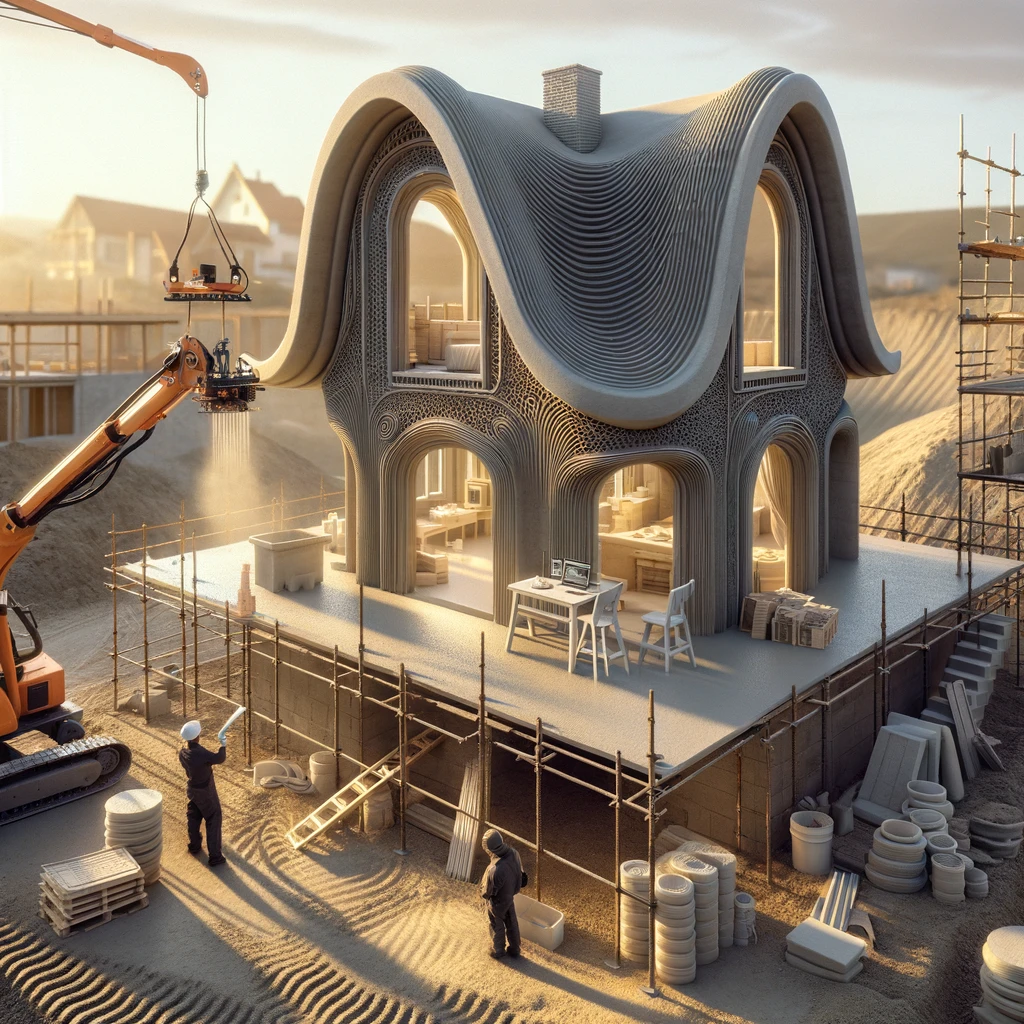
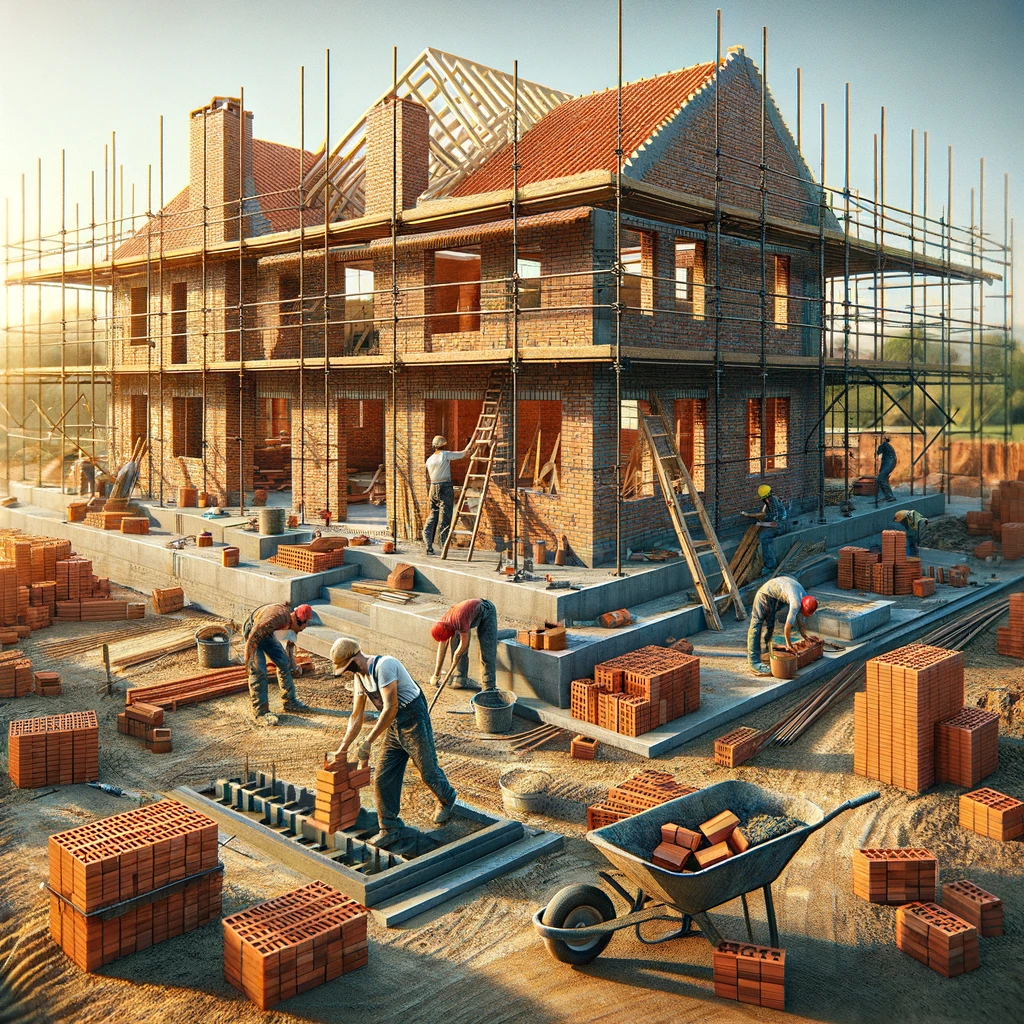
Brick
Brick is a durable and low-maintenance construction material that is commonly used for walls and other structural components. It is also popular for its aesthetic appeal and fire-resistant properties.
Concrete
Concrete is a versatile and durable construction material made by mixing cement, water, and aggregate (such as sand or gravel). It is commonly used for foundations, walls, floors, and other structural components.
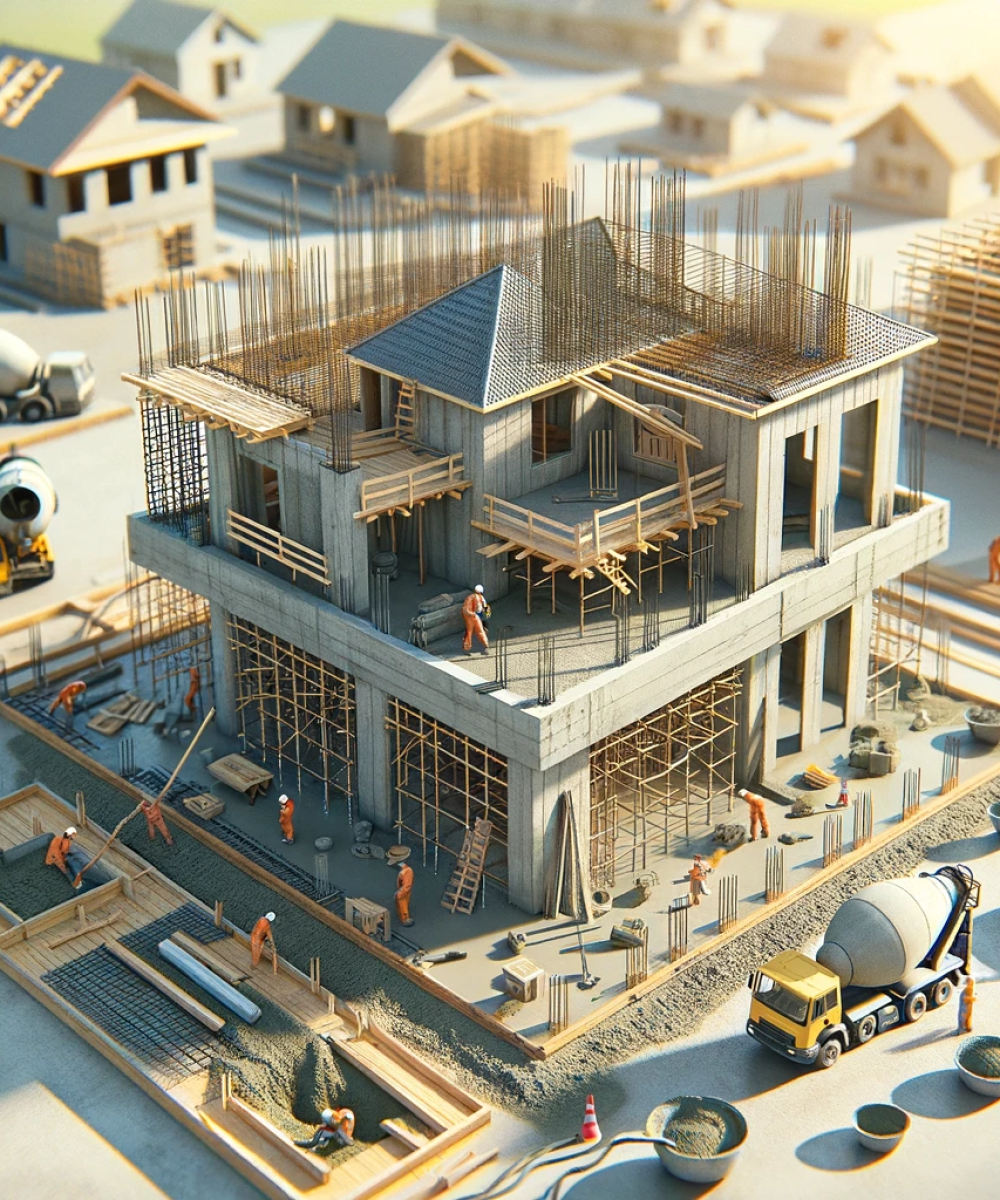
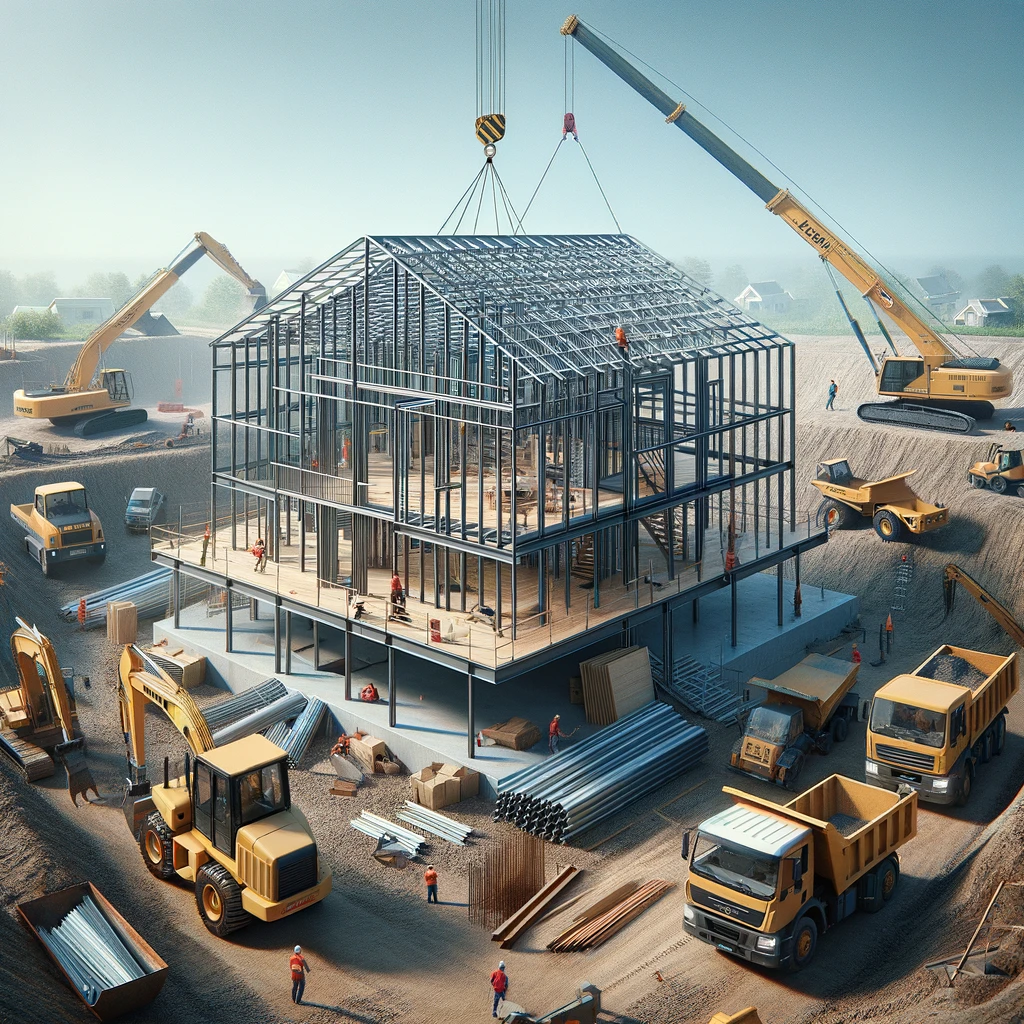
Steel
Steel is a strong and flexible construction material that is commonly used for framing and structural support. It is also used for roofing, siding, and other components.
Wood
Wood is a renewable and sustainable construction material that is commonly used for framing, flooring, roofing, and other components. It is also popular for its aesthetic appeal.
